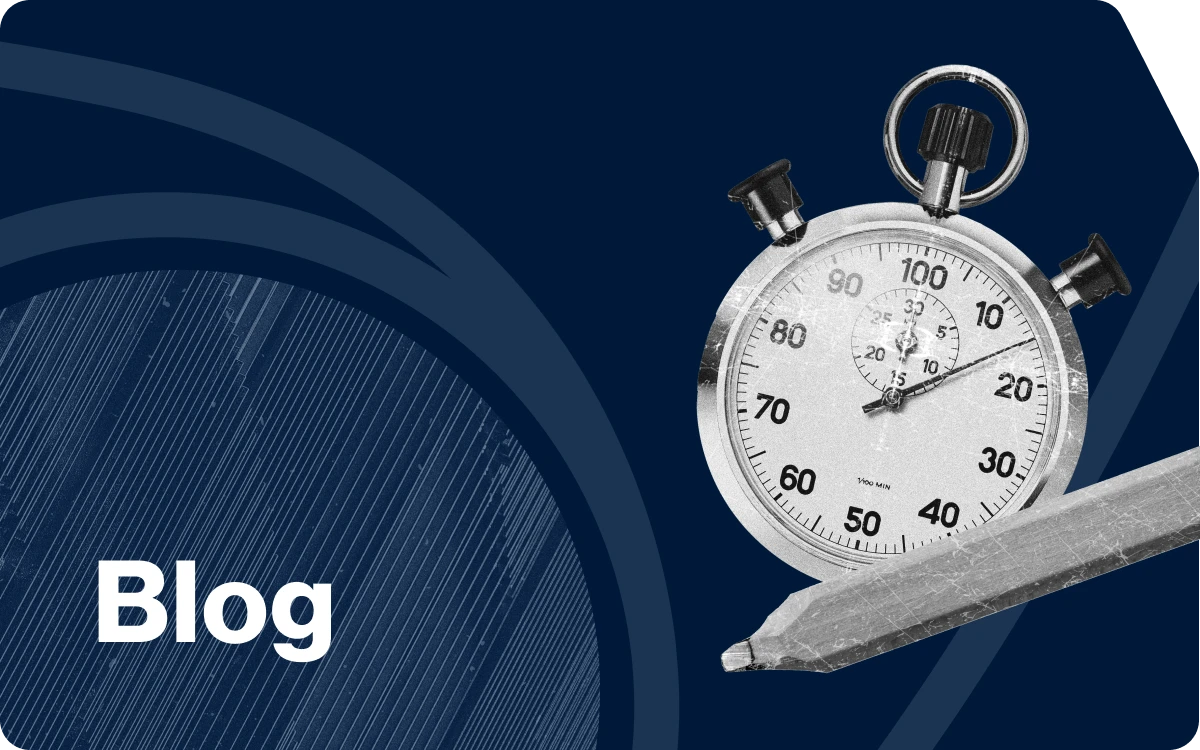Your HVAC system is the unsung hero of your facility. Whether it’s battling the summer heat or keeping everyone warm through the winter, it works quietly in the background—until something goes wrong. That’s where HVAC preventive maintenance comes in.
A proactive preventive maintenance program reduces breakdowns, extends your equipment’s lifespan, and improves indoor air quality—all while saving you money on energy bills and costly repairs.
What Is HVAC preventive maintenance?
HVAC preventive maintenance refers to the routine maintenance, tune-ups, and cleaning that keep your air conditioning and heating systems operating safely and efficiently. This includes everything from replacing air filters and checking refrigerant levels to testing the thermostat, cleaning condenser coils, and ensuring proper gas pressure.
It’s not just about comfort. Proper preventive maintenance improves energy efficiency, keeps your HVAC equipment under warranty, and ensures compliance with safety regulations. It also supports healthier indoor environments by ensuring adequate airflow, reducing humidity, and removing airborne contaminants.
HVAC system components you need to maintain
To build an effective preventive maintenance plan, it’s important to understand the main components of your HVAC system:
- Heating system: This includes furnaces, boilers, heat exchangers, and heat pumps—all critical during colder months for maintaining a comfortable indoor temperature.
- Ventilation: Involves ductwork, fans, blowers, and filters that manage indoor air quality and ensure proper airflow. Ventilation also helps control moisture and prevent the buildup of pollutants like carbon monoxide.
- Cooling system: Includes central air conditioning units, evaporator coils, condenser coils, and the outdoor unit that removes heat and humidity from the air.
- Controls: Thermostats, sensors, and electrical connections that regulate HVAC system performance, optimize energy consumption, and alert you to anomalies.
Neglecting any of these components can lead to inefficient performance, higher energy costs, reduced air quality, and costly repair bills.
Why preventive maintenance is worth it
A well-structured preventive maintenance plan comes with a wide range of advantages:
- Lower energy bills: Clean coils and secure electrical connections ensure your HVAC system doesn’t work harder than it has to.
- Longer equipment lifespan: Regular tasks like lubricating moving parts, clearing clogs, and replacing filters reduce wear and tear.
- Improved indoor air quality: Routine filter changes and duct cleaning help remove dust, allergens, and mold spores.
- Fewer breakdowns: Spotting and addressing issues like low refrigerant levels or failing blowers early helps avoid system failures.
- Regulatory compliance: Maintenance tasks help detect gas leaks, prevent carbon monoxide risks, and ensure your HVAC system meets health and safety standards.
Additionally, regular HVAC service ensures your facility maintains operational continuity, especially in critical industries like healthcare, manufacturing, and hospitality.
Free download: HVAC preventive maintenance checklist
Keeping track of seasonal maintenance tasks can be a challenge—so we made it easy.
Our free HVAC preventive maintenance checklist is designed for homeowners, facilities managers, and HVAC technicians. It includes all the key maintenance tasks you need to stay ahead of performance issues, improve energy efficiency, and reduce repair costs.
Download it now: HVAC Preventive Maintenance Checklist (PDF)
HVAC preventive maintenance checklist
| Season | Task | Completed |
|---|---|---|
| Spring & Summer | Clear drain lines and clean the evaporator | |
| Check refrigerant levels and electrical connections | ||
| Clean or replace air filters and fan blades | ||
| Inspect the cooling system and condenser coils | ||
| Fall & Winter | Inspect the heat pump and gas pressure | |
| Test the thermostat and safety controls | ||
| Replace worn-out parts and lubricate moving parts | ||
| Check for carbon monoxide and blower functionality |
Use this checklist as a seasonal guide or integrate it into your preventive maintenance program with a CMMS software.
When to perform HVAC preventive maintenance
As a general rule, you should schedule HVAC maintenance at least twice per year:
- Spring: Prep the air conditioning system before the cooling season
- Fall: Tune up the heating system before temperatures drop
For facilities with heavy HVAC usage or located in extreme climates, a quarterly maintenance schedule may be more appropriate. In some cases, monthly tasks—like air filter changes and refrigerant level checks—may also be necessary.
Your maintenance frequency should be based on:
- The type and age of your HVAC equipment
- Usage intensity and occupancy levels
- Budgetary considerations
- Regulatory requirements
For maximum coverage, some organizations take a hybrid approach—combining monthly, seasonal, and annual maintenance tasks.
Simplify HVAC maintenance with CMMS software
Managing HVAC maintenance manually with spreadsheets or sticky notes can lead to missed steps, forgotten inspections, and delayed repairs. That’s where Computerized Maintenance Management Systems (CMMS) like Limble come in.
With Limble CMMS, you can:
- Automate your preventive maintenance schedule
- Assign HVAC tasks to technicians in the field
- Track service history and repair logs
- Access digital checklists from any device
- Monitor performance and avoid downtime
Whether you’re maintaining a single building or a multi-site operation, CMMS software brings transparency, consistency, and efficiency to your HVAC preventive maintenance strategy.
Take control of your HVAC system—before it controls you
Breakdowns don’t schedule themselves—but you can.
Whether you’re managing a commercial property, a healthcare facility, or a manufacturing plant, staying on top of HVAC preventive maintenance can mean the difference between uninterrupted comfort and costly emergency repairs.
Use our free checklist to take the guesswork out of seasonal HVAC maintenance. Let Limble CMMS help you automate the rest with proactive reminders, streamlined task management, and full visibility into your HVAC systems—all in one place. Get started today or request a demo to learn more.
